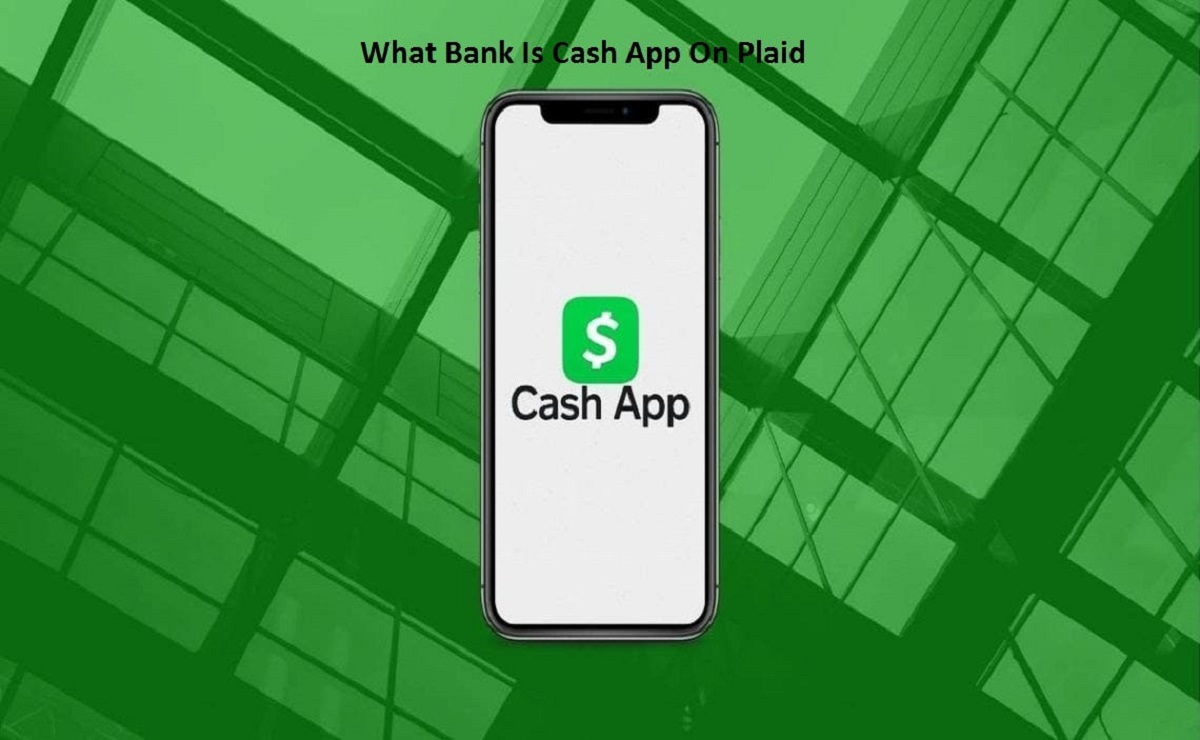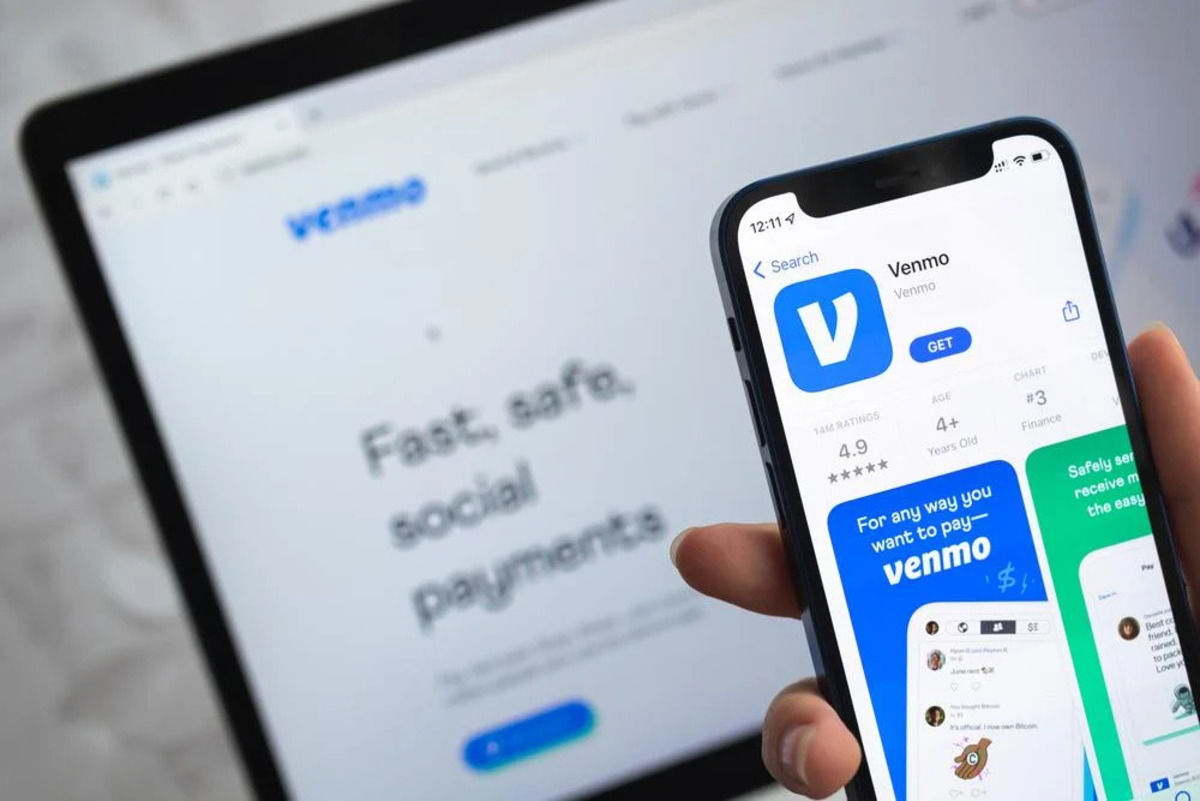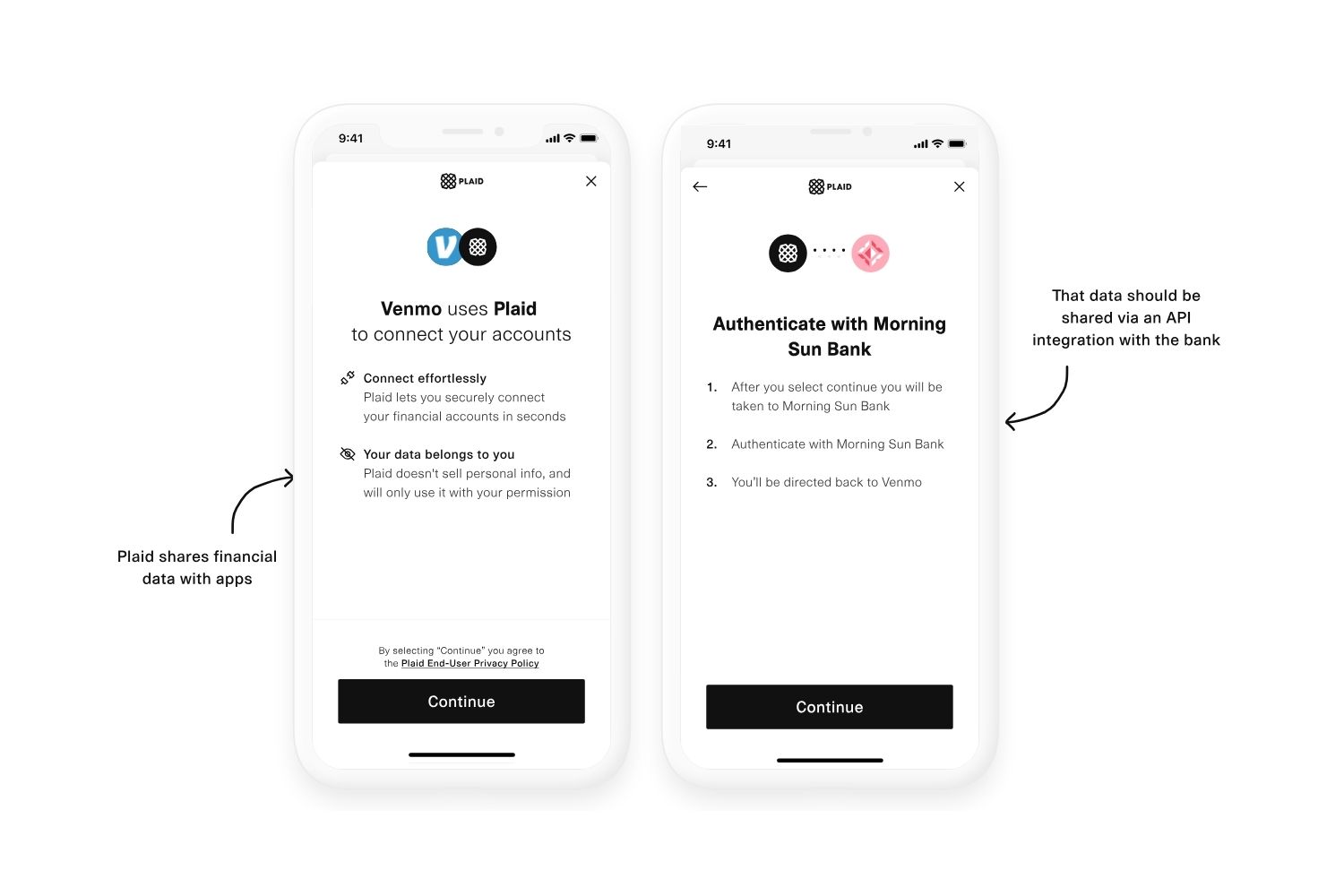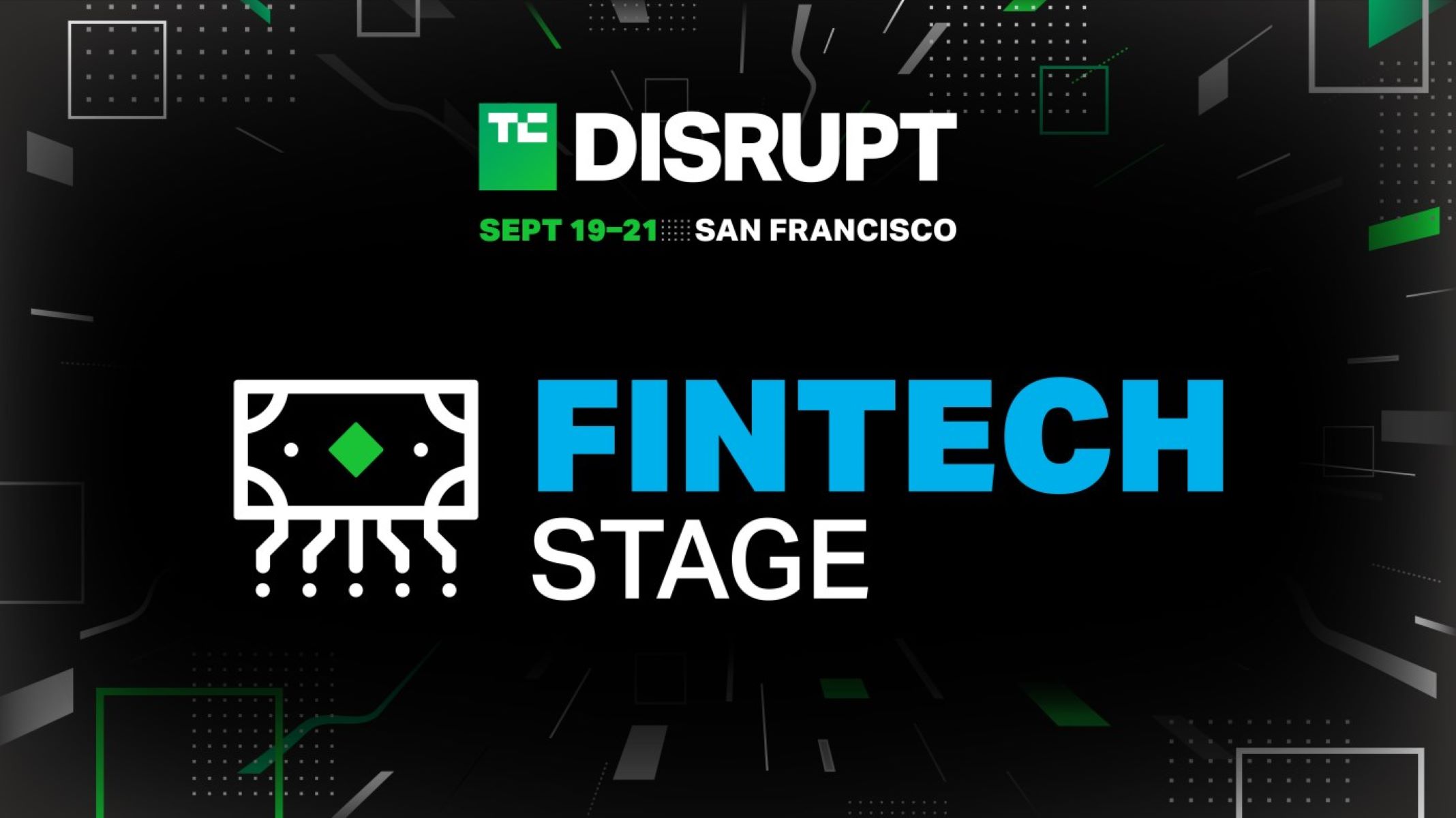What is Plaid?
Plaid is a financial technology company that enables seamless connectivity between financial institutions and third-party applications. Founded in 2012, Plaid has become one of the leading providers of secure and reliable banking APIs.
Its primary goal is to modernize the way users interact with their financial data by simplifying the process of accessing and using banking information. Plaid acts as an intermediary between banks and applications, allowing users to securely and conveniently manage their financial activities through various platforms.
Plaid provides developers with a powerful suite of tools and APIs that facilitate the integration of banking services into their applications. By leveraging Plaid’s infrastructure, developers can build innovative financial products, such as budgeting apps, personal finance management tools, and investment platforms.
The core functionality of Plaid revolves around securely retrieving transaction data, verifying identities, and initiating bank transfers. With Plaid, developers can access historical and real-time transaction information, verify account ownership, and initiate bank transfers, all while adhering to strict security and compliance standards.
Plaid’s robust architecture ensures the secure transmission and storage of sensitive financial data. It employs industry-standard encryption and tokenization techniques to protect user information, adding an extra layer of security to the entire transaction and data retrieval process.
Overall, Plaid simplifies the integration process for developers and offers users a seamless and secure way to manage their finances across multiple applications. By leveraging Plaid’s comprehensive suite of APIs, developers can unleash the full potential of their financial applications and create a better user experience.
How does Plaid work?
Plaid operates by acting as a bridge between financial institutions and third-party applications. It follows a simple yet robust process to enable the secure and seamless transfer of financial data. Here’s how Plaid works:
- Integration: Developers integrate Plaid’s API into their applications, enabling them to securely access banking data and perform various financial operations.
- User Authentication: When users connect their bank accounts to the application, Plaid prompts them to provide their login credentials directly to their financial institution. This ensures that the user’s login information remains private and secure.
- Data Retrieval: Once the user’s credentials are verified, Plaid initiates the process of retrieving the user’s financial data from their bank. Plaid securely fetches transaction history, balances, and other relevant information from the bank’s systems.
- Data Standardization: Plaid organizes and standardizes the retrieved financial data, making it easier for developers to work with and process. This standardization includes categorizing transactions, mapping merchant names, and converting currency if necessary.
- API Access: Plaid provides developers with a range of APIs that allow them to access and utilize the retrieved financial data in their applications. These APIs enable developers to facilitate bank transfers, verify account ownership, and analyze transaction history, among other functionalities.
- Security and Compliance: Plaid prioritizes the security and privacy of user data. It employs industry-standard encryption and tokenization techniques while adhering to strict security and compliance guidelines, such as the General Data Protection Regulation (GDPR) and the Payment Card Industry Data Security Standard (PCI DSS).
- Maintenance and Updates: Plaid continuously monitors and updates its infrastructure to ensure compatibility with the evolving banking landscape. As new financial institutions are supported or existing API endpoints change, Plaid handles the necessary updates to maintain a seamless user experience.
By following this process, Plaid provides a secure, reliable, and user-friendly solution for developers and users to interact with financial data. It streamlines the integration process, shields sensitive information, and ensures smooth communication between financial institutions and third-party applications.
What is Cash App?
Cash App is a mobile payment service developed by Square Inc. that allows users to send and receive money through their smartphones. With Cash App, individuals can easily transact with friends, family, and businesses, making it quick and convenient to pay for goods and services.
Launched in 2013, Cash App has gained popularity for its simplicity and user-friendly interface. It offers a range of features beyond peer-to-peer payments, including the ability to buy and sell Bitcoin, purchase stocks, and even receive direct deposits.
To use Cash App, individuals need to download the app onto their mobile devices and create an account. Users can link their bank accounts, debit cards, or credit cards to their Cash App account, enabling them to easily add funds and transfer money.
One of the standout features of Cash App is the Cash Card. This is a customizable prepaid card that users can order and link to their Cash App account. The Cash Card can be used anywhere that accepts Visa, making it a convenient way to spend the funds in your Cash App balance.
Cash App also offers a unique feature called “Cash Boost,” which provides users with instant discounts when they use their Cash Card at select merchants. These exclusive discounts can help users save money on everyday purchases, ranging from food and groceries to clothing and entertainment.
Additionally, Cash App is known for its focus on security. It utilizes encryption and authentication measures to protect user information and transactions. Cash App also provides the option for users to enable additional security features such as fingerprint or a PIN code for added account protection.
Overall, Cash App provides individuals with a simple and efficient way to send, receive, and manage their money. With its intuitive interface, additional features like the Cash Card and Cash Boost, and its commitment to security, Cash App has become a popular choice for individuals looking for a convenient and reliable mobile payment solution.
How does Cash App use Plaid?
Cash App utilizes Plaid’s banking API to securely connect users’ bank accounts and facilitate financial transactions. Plaid acts as the intermediary between Cash App and various financial institutions to retrieve user data and enable seamless integration. Here’s how Cash App leverages Plaid:
Account Linking: When users want to link their bank accounts to Cash App, Plaid provides the interface that facilitates this process. Plaid securely collects the user’s login credentials and passes them on to the user’s financial institution to verify account ownership.
Data Retrieval: Once the user’s bank account is linked, Plaid retrieves relevant financial data from the user’s bank, such as transaction history, balances, and account information. Plaid then transfers this data to Cash App securely and seamlessly, ensuring that user information remains protected throughout the process.
Verification: Plaid also helps Cash App verify account ownership by comparing the provided bank account details with the information retrieved from the user’s bank. This verification process ensures that funds are transferred to the correct accounts and helps prevent fraudulent activities.
Bank Transfers: Cash App leverages Plaid’s infrastructure to enable users to perform bank transfers directly from their linked accounts. Plaid facilitates the secure transmission of transfer instructions between Cash App and the user’s bank, ensuring that funds are transferred accurately and efficiently.
Data Standardization: Plaid plays a crucial role in organizing and standardizing the financial data retrieved from various banks. By standardizing data formats, categorizing transactions, and mapping merchant names, Plaid ensures consistency and ease of use for developers working with the financial data provided by Cash App.
By leveraging Plaid’s robust and secure banking API, Cash App is able to provide its users with a seamless and reliable platform for managing their finances. The integration with Plaid enhances the user experience, simplifies the account linking process, and ensures the security of sensitive financial data.
Overall, the integration of Plaid with Cash App streamlines the process of linking bank accounts, facilitates secure data retrieval, and enables seamless bank transfers. This collaboration between Cash App and Plaid ultimately enhances the functionality and user experience of the mobile payment service.
Which banks does Cash App use on Plaid?
Cash App, through its integration with Plaid, supports a wide range of banks and financial institutions. Plaid has established connections with thousands of financial institutions, allowing Cash App users to link their accounts from various banks to their Cash App account. While the specific list of supported banks may vary, here are some prominent banks that Cash App users can typically link through Plaid:
- JPMorgan Chase
- Bank of America
- Citibank
- Wells Fargo
- Capital One
- US Bank
- PNC Bank
- TD Bank
- Ally Bank
- SunTrust Bank
These are just a few examples, and Cash App has partnerships with numerous other banks across the United States. The availability of specific banks may depend on regional factors and partnerships between Cash App and individual financial institutions.
It’s worth noting that although Cash App supports a wide range of banks, there may be occasional instances where a specific bank is not supported or experiencing temporary connectivity issues. In such cases, Cash App and Plaid work to resolve any issues promptly to ensure a seamless user experience.
When linking a bank account in Cash App, users can search for their specific bank through the app’s interface. Cash App uses Plaid’s extensive network to provide a comprehensive list of supported banks, making it easy for users to connect their accounts and access their financial data.
As Cash App and Plaid continue to expand their partnerships and connections with financial institutions, the list of supported banks is expected to grow. This ongoing effort aims to provide Cash App users with the flexibility to link their preferred banks and access their financial information securely through the app’s interface.
Benefits of using Plaid with Cash App
The integration of Plaid with Cash App brings several benefits to users, enhancing their overall experience and making managing their finances more convenient. Here are some key advantages of using Plaid with Cash App:
- Easy Account Linking: Plaid simplifies the process of linking bank accounts to Cash App. Users can securely connect their accounts from a wide range of supported banks, saving time and effort when setting up their Cash App account.
- Secure Data Retrieval: Plaid ensures the secure retrieval of financial data from users’ linked bank accounts. By leveraging Plaid’s robust infrastructure, Cash App can retrieve transaction history, balances, and other essential information, providing users with a comprehensive view of their financial status.
- Seamless Bank Transfers: Plaid enables Cash App users to initiate secure bank transfers directly from their linked accounts. This functionality allows for quick and hassle-free money transfers between bank accounts, providing users with greater flexibility and control over their funds.
- Enhanced User Experience: The integration with Plaid enhances the overall user experience of Cash App. Users can easily access their financial data, make informed decisions, and manage their finances more efficiently, all within the intuitive interface provided by Cash App.
- Expanded Bank Coverage: Plaid’s extensive network of supported banks ensures that Cash App users have access to a wide range of financial institutions. This broad coverage enables users to link their accounts from major banks, credit unions, and online banking platforms, offering flexibility in managing their accounts.
- Reliable Security Measures: Plaid places a strong emphasis on security and privacy. The integration ensures that user data is encrypted and protected throughout the transaction process. Additionally, Plaid adheres to strict security and compliance standards, instilling confidence in users’ financial information.
- Continuous Development and Updates: Plaid is dedicated to continuously improving its infrastructure and expanding its capabilities. This commitment to development ensures that Cash App users benefit from the latest innovations and updates in financial technology, enhancing the overall functionality and performance of the app.
By leveraging Plaid’s robust API, Cash App delivers a seamless and secure financial experience for its users. The integration enhances account linking, provides secure data retrieval and bank transfers, and enhances overall user experience. It enables Cash App users to conveniently manage their finances and make transactions with ease, while ensuring the highest standards of security and privacy.
Considerations when using Plaid with Cash App
While the integration of Plaid with Cash App offers numerous benefits, there are important considerations to keep in mind when using this combination. Here are some considerations to be aware of:
- Bank Support: Although Plaid supports a wide range of banks, it is essential to ensure that your bank is compatible with both Plaid and Cash App. While most major banks are supported, it’s worth verifying if your specific bank is included in the list of supported institutions.
- Authentication: When linking your bank account to Cash App through Plaid, you will be required to enter your credentials for your bank account. It’s crucial to ensure that you are entering your login information on a secure and trusted platform to protect your sensitive data.
- Data Security: While Plaid takes necessary precautions to safeguard user data, it’s important to understand the security measures in place and review Plaid’s privacy policy. Considerations should also be made about how your data is shared between Cash App and Plaid, ensuring that your personal and financial information remains protected.
- Technical Limitations: Occasionally, there may be technical limitations or connectivity issues when using Plaid with Cash App. These issues could include temporary disruptions in data retrieval or bank connectivity. It’s essential to stay informed about any known technical issues and contact customer support if you encounter any difficulties.
- Banking Functionality: While Cash App provides various banking features, it’s important to note that it may differ in functionality compared to traditional banking institutions. Some banking services and features offered by other banks may not be available through Cash App, so it’s important to consider your specific banking needs before relying solely on Cash App for all financial operations.
- Security Awareness: Users should always remain vigilant and exercise caution when using any financial application, including Cash App. Be mindful of potential phishing attempts or suspicious activities. Ensure that you enable security features such as two-factor authentication and regularly review your account activity for any unauthorized transactions.
By considering these factors, users can make informed decisions and maximize their experience when using Plaid with Cash App. It’s important to weigh the benefits against the considerations and ensure that Plaid with Cash App aligns with your specific banking needs and priorities.
How to link your bank account to Cash App using Plaid
Linking your bank account to Cash App using Plaid is a straightforward process. Follow these steps to connect your bank account securely:
- Download and Install Cash App: First, download and install the Cash App on your mobile device from the App Store (for iOS users) or Google Play Store (for Android users). Launch the app and create an account if you haven’t done so already.
- Open Cash App: Open the Cash App on your mobile device and sign in to your account using your email address or the mobile number associated with your Cash App account.
- Navigate to the Banking Section: In the Cash App, tap on the “Banking” tab located at the bottom of the screen. This will take you to the Banking section where you can link your bank account.
- Select “Add a Bank”: On the Banking page, select the option to “Add a Bank.” Cash App will present you with a list of banks supported by Plaid.
- Search for Your Bank: Use the search bar or scroll through the list to find your bank. Enter the name of your bank or select it from the list of available options.
- Enter Your Bank Login Information: Cash App will prompt you to enter your bank login information, including your username and password. This step is handled securely through Plaid, ensuring that your credentials remain private.
- Follow Authentication Steps: After entering your login credentials, follow any additional authentication steps required by your bank, such as two-factor authentication or answering security questions. These steps may vary depending on your bank’s security protocols.
- Grant Access to Plaid: Once you have successfully authenticated your bank account, you will be asked to grant permission for Cash App to retrieve your financial data from your bank. Review and accept the terms and conditions if you agree.
- Account Verification: Cash App may perform a verification process to ensure the accuracy of the linked bank account. This may involve a small test deposit and withdrawal from your bank account, which you will need to confirm in Cash App.
Once you have completed these steps, your bank account will be linked to Cash App securely through Plaid. You can now use your linked bank account to add funds, make payments, and perform other financial transactions within the Cash App.
It’s important to note that the specific steps may vary slightly depending on the version of the Cash App and any updates made to the app’s interface. If you encounter any difficulties or have further questions, it is recommended to consult the Cash App support resources or reach out to their customer support for assistance.
Troubleshooting common issues with Plaid and Cash App
While the integration of Plaid and Cash App is designed to be seamless, some users may encounter common issues or challenges. Here are some troubleshooting tips for addressing potential problems:
- Bank Account Not Found: If you are unable to find your bank when linking your account to Cash App, double-check the spelling or try using a different search keyword. It’s also possible that your specific bank may not be supported by Plaid or Cash App at this time.
- Invalid Login Credentials: If you receive an error indicating invalid login credentials when linking your bank account, carefully check the information you entered. Ensure that you are entering the correct username and password for your online banking account. If you’re still having trouble, verify that your bank’s online banking service is functioning correctly.
- Bank Account Verification Issues: When verifying a linked bank account, it’s important to carefully follow the instructions provided by Cash App. Double-check the test deposit and withdrawal amounts in your bank account and confirm them accurately within the Cash App. If you encounter discrepancies or issues, contact Cash App customer support for assistance.
- Authentication Problems: If you encounter authentication issues during the bank linking process, ensure that you are following the correct authentication steps based on your bank’s requirements. This may include providing additional verification or meeting security protocols, such as two-factor authentication.
- Connectivity or Data Retrieval Issues: Sometimes, there may be temporary connectivity issues or difficulties retrieving data from your bank due to technical reasons. If you experience delays or errors in data retrieval, wait for a while and try again later. If the problem persists, reach out to Cash App customer support for further assistance.
- Bank-specific Limitations: Certain banks may have specific limitations or restrictions regarding the use of third-party applications like Cash App. These limitations may involve transaction limits, fees, or certain functionalities that are not available through the integration. It’s advisable to check with your bank directly to understand any potential limitations that may affect your experience with Cash App.
- App Updates: Ensure that you are using the latest version of the Cash App to avoid any compatibility issues with Plaid. Regularly check for updates in the app store and install them to benefit from performance improvements and bug fixes.
For any persistent or complex issues, it is recommended to reach out to Cash App customer support. They have specialized teams in place to address user concerns and provide tailored assistance for troubleshooting Plaid and Cash App integration-related issues.
By following these troubleshooting tips and seeking appropriate support when needed, users can resolve common issues that may arise when using Plaid with Cash App, ensuring a smooth and seamless banking experience.
Conclusion
The integration of Plaid with Cash App brings significant benefits to users, making it easier than ever to manage their finances and conduct seamless transactions. Plaid acts as the intermediary, securely connecting users’ bank accounts to Cash App and enabling the retrieval of financial data. Through this integration, users can link their accounts from a variety of banks, facilitating convenient access to their financial information.
Cash App leverages Plaid’s robust infrastructure to retrieve transaction history, balances, and other vital data from linked bank accounts. With Plaid’s standardized data format and security measures, Cash App users can confidently navigate their finances, initiate bank transfers, and make informed financial decisions.
While using Plaid with Cash App offers numerous advantages, it’s essential to be mindful of considerations and potential issues as well. User authentication, data security, and technical limitations are factors that should be taken into account when using Plaid with Cash App. By being aware of these considerations and following troubleshooting tips when necessary, users can ensure a smooth and secure experience.
The collaboration between Plaid and Cash App represents a significant advancement in the mobile payment space, offering users a powerful tool to manage their finances. From easy account linking and secure data retrieval to seamless bank transfers and improved user experience, Plaid enhances Cash App’s capabilities and empowers users to take control of their financial lives.
As technology continues to evolve, Plaid and Cash App will likely expand their offerings, supporting more banks and introducing additional features to further enhance the user experience. This ongoing development aims to provide users with even greater flexibility, convenience, and security when using their financial applications.
By understanding the functionality and benefits of Plaid with Cash App, users can leverage this integration to simplify their banking experience and make the most of their financial transactions while ensuring the highest level of security and convenience.

























